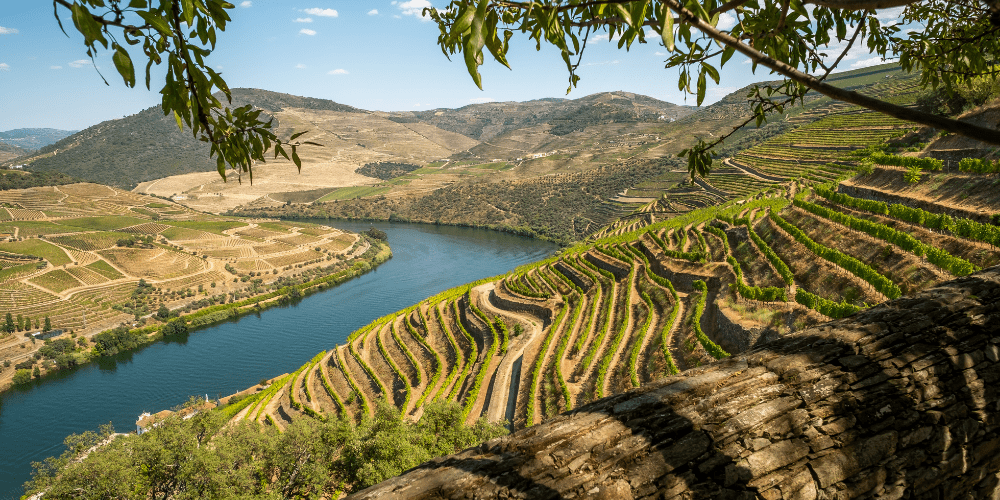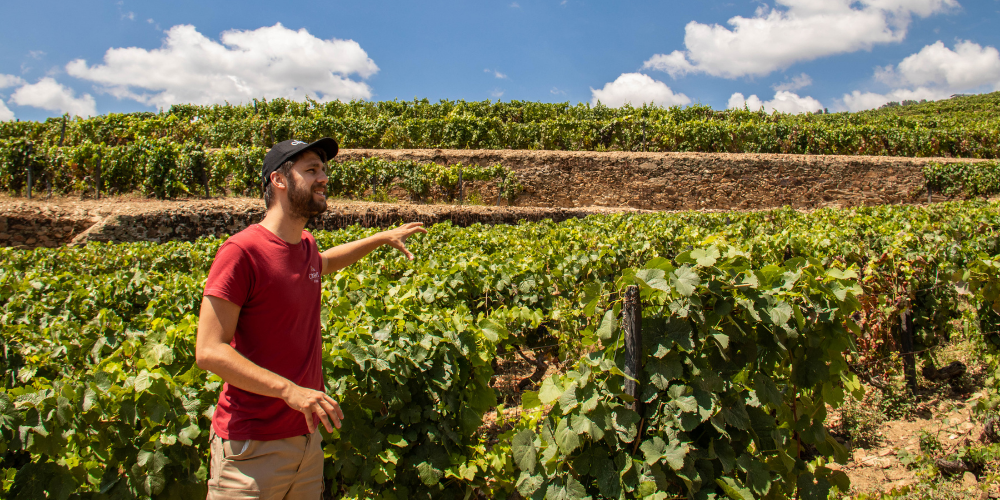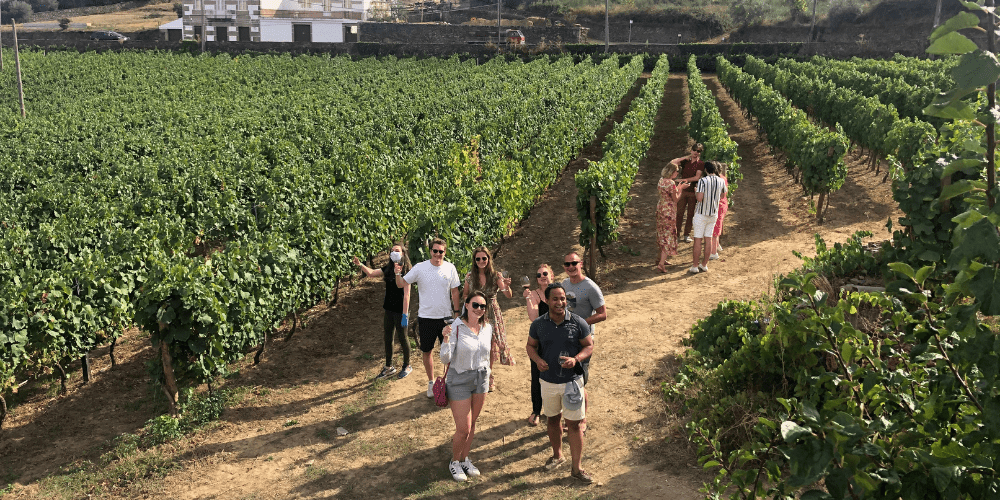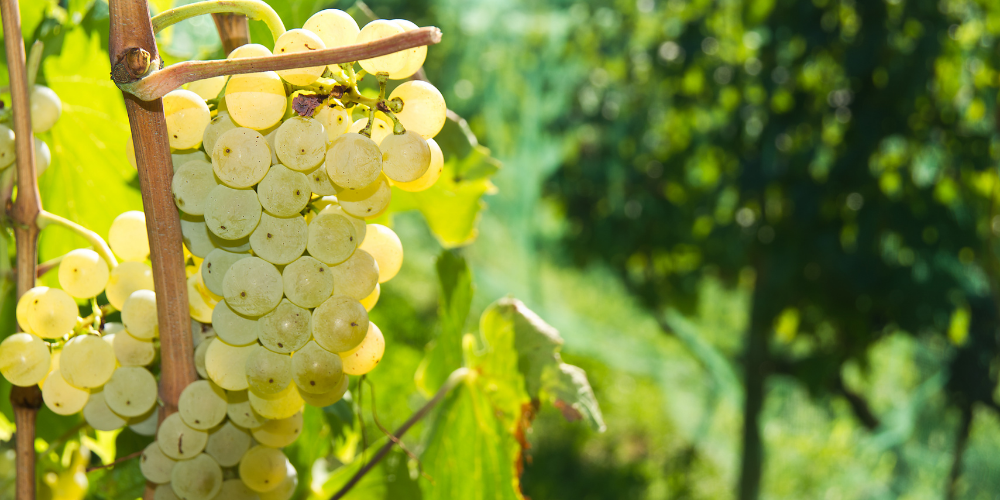Sub regional differences
 The Baixo Corgo lies at the western end of the Douro Valley, closest to the Marão mountains, where the rainfall and vineyard yields are the highest. This area mainly produces the lighter earlier maturing styles of port intended to be drunk relatively young. To the east of the Douro Valley and with a drier climate and lower yields, the Cima Corgo area is the privileged location of many of the Douro’s finest vineyards and produces more concentrated and long lasting wines. The easternmost area, the Douro Superior, is the driest of all and is the source of many of the finest vintage ports and still wines.
The Baixo Corgo lies at the western end of the Douro Valley, closest to the Marão mountains, where the rainfall and vineyard yields are the highest. This area mainly produces the lighter earlier maturing styles of port intended to be drunk relatively young. To the east of the Douro Valley and with a drier climate and lower yields, the Cima Corgo area is the privileged location of many of the Douro’s finest vineyards and produces more concentrated and long lasting wines. The easternmost area, the Douro Superior, is the driest of all and is the source of many of the finest vintage ports and still wines.
Tasting the Douro varieties
 To get up close and taste these wonderful grape varieties first hand, you can take a wine tour of the region. One of the best ways to do this is to combine visits to a couple of wineries for a wine tasting and tour and take a cruise down the river on a traditional rabelo boat.
To get up close and taste these wonderful grape varieties first hand, you can take a wine tour of the region. One of the best ways to do this is to combine visits to a couple of wineries for a wine tasting and tour and take a cruise down the river on a traditional rabelo boat.
From just £67, $91 and €80, you can find out more here.
Hundreds of local grape varieties
One of the Douro Valley’s attributes is its wealth of different traditional grape varieties. The reasons are partly historic and partly related to the region’s mountainous topography, a choice of different vine types being required to match the vineyard to a variety of different growing conditions. For example, the Touriga Nacional grape thrives on shallow, stony soils in full sun. Touriga Francesa prefers fertile sites and protection from strong winds. The Tinta Barroca, on the other hand, produces its best results on cooler North or East facing slopes and in locations with reduced exposure to sunlight.
Although around thirty grape varieties can be used to make port, most modern vineyards in the Douro Valley use a selection of just five top red grapes, which are now generally considered to produce the finest wines. Some other grape varieties may be added in smaller proportions where dictated by specific growing conditions.





